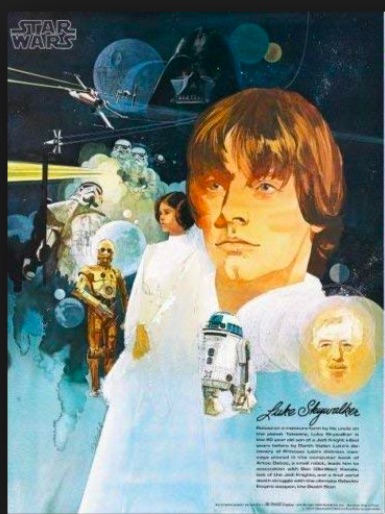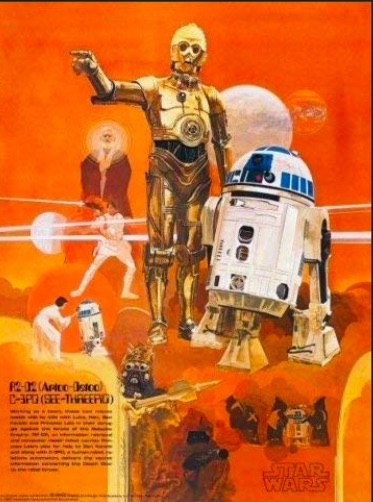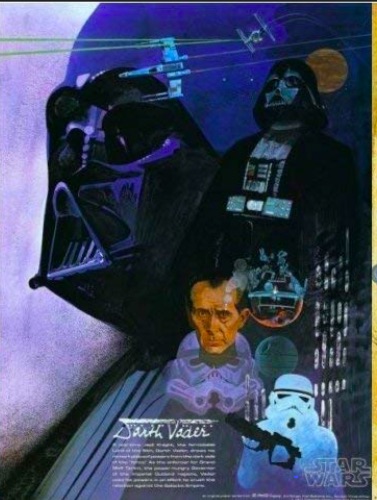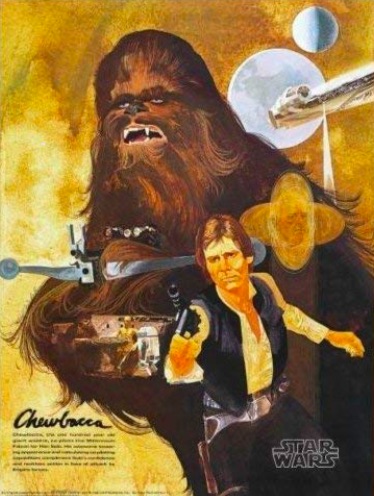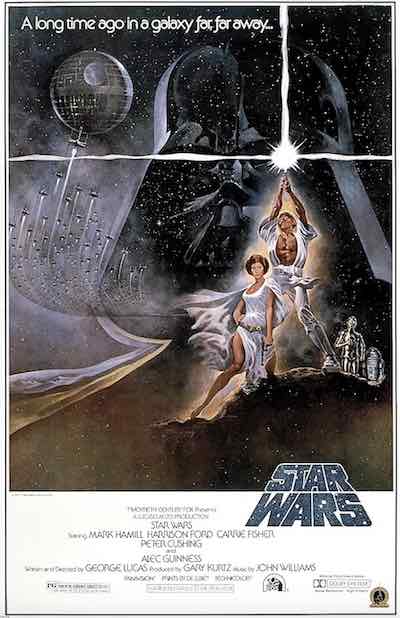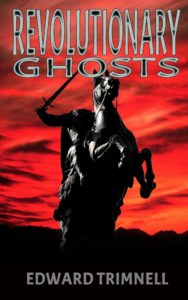I have always loved mafia movies. I am one of those guys who has seen The Godfather more times than I feel comfortable admitting.
I also watch all the documentaries about the mob. I know the name John Gotti, of course, but also Paul Castellano, Carlo Gambino, and Aniello Dellacroce. The Italian mafia made an appearance in my first novel, Blood Flats. I’m sure I’ll write more stories about the Italian mafia in the future.
I was therefore a natural audience for the HBO series The Sopranos (1999 – 2007). But for various reasons, I didn’t get around to actually watching The Sopranos until this year, when I binge-watched all six seasons of the series over several months.
Yes, I’m a little late to this party. (It wouldn’t be the first time.) Pages and pages have already been written on the Internet about The Sopranos, dating back to the aughts. I will therefore keep my comments brief. (Er, well, fairly brief.)
The Sopranos is probably best categorized as a drama, but it’s a drama that’s loaded with plenty of physical threats and suspense. (In this regard, The Sopranos is similar to The Americans (FX), my all-time favorite television series.)
The Sopranos employs a great deal of black humor. Murders are often committed with a smirk.
Black humor is completely absent from The Godfather. But 1972 moviegoers didn’t expect a film about the mob to have a laugh track. By 1999, however, incessant “irony” was thoroughly embedded in our culture, and it would probably have been difficult for The Sopranos to be played completely deadpan for six seasons. Black humor is not usually my thing, but in The Sopranos, it mostly works.
It is important to consider just how difficult this high-wire act was, from the moment of its conception through the last scene of its execution. The creator of The Sopranos, David Chase, faced a two-sided challenge:
When conceiving characters who were mafiosos, Chase had to portray his subjects’ amoralism and brutality, without turning them into unsympathetic monsters. If a main character (even an antihero) is completely unsympathetic, audiences don’t become emotionally invested in him, and don’t care about his fate.
But at the same time, Chase had to make his characters sympathetic, while never allowing the viewer to forget that they’re ultimately criminals. Crooks. Thugs. Bad guys. So it really was a very difficult balance.
Chase pulls this feat off brilliantly. The Sopranos is filled with cynicism, violence, and betrayal. And yet…Each major character is complex and distinct.
Before you finish the first episode, you feel like you know these people, and you want to see more of them. And that’s as much as anyone can ask for.
All of the major characters are also expertly cast. I did a little research, and it seems that a majority of the actors were Italian-Americans who had some connection to the New York/New Jersey area.
Not just James Gandolfini, but also Edie Falco, Lorraine Bracco, Michael Imperioli, Vincent Pastore, etc., etc. The list goes on and on.
Did that have an impact on the authenticity of the show? I think it may have.
But there’s one character, of course, who is the tentpole, the central pillar, the focus for the entire series…and that’s Tony Soprano, played by James Gandolfini. Without the character of Tony Soprano, The Sopranos would have been a mildly interesting Godfather knockoff that would have lasted a season or two, and then would have been quickly forgotten.
I would also speculate that without James Gandolfini, Tony Soprano would not have been nearly as effective.
I’ve seen James Gandolfini in a few other films. He played a junior U.S. Navy officer in Crimson Tide (1995), for example. Gandolfini is unspectacular in his pre-Sopranos roles. But as Tony Soprano, Gandolfini is a giant. He seems to have been born for this role. (It is also unfortunate to note that Gandolfini met an untimely death, at the age of 51, about six years after The Sopranos ended.)
Tony Soprano is capable of both nobility and venality, loyalty and ruthlessness. Flashback scenes suggest that his parents were both sociopaths. Tony, by contrast, seems to legitimately care about his wife and children. But that doesn’t stop him from engaging in a string of extramarital affairs. He is, after all, a mob boss. Philandering comes with the territory.
One of the more interesting subplots involves Tony Soprano’s (nonsexual) relationship with his psychiatrist, Jennifer Melfi (played by Lorraine Bracco). Tony is tortured by crises of identity. He suffers from panic attacks. He has a spiritual side (several episodes are dedicated to explorations in this regard), even as he’s capable of being petty, greedy, and violent—exactly what you would expect a mid-level mob boss to be.
And this is, I think, why the character is so appealing. Almost no one who watches The Sopranos knows firsthand what it is like to be a mafia capo. And yet, we identify with Tony Soprano in a thousand ways.
I know that I do: I see a lot of myself in Tony Soprano, the fundamentally flawed and short-sighted human being who nevertheless harbors aspirations of doing/being better.
The Sopranos takes some dark turns in the final seasons. This may partly be related to the changes that were happening in the real world between 1999 and 2007. The first few seasons of The Sopranos has a buoyant fin de siècle feel, despite the subject matter.
Let us not forget that in 1999 and 2000, the mood of the country was optimistic. Everyone was captivated by the ever-rising stock market, and the then novel wonders of the Internet. By 2007, American politics had taken a sharply partisan turn, 9/11 had happened, and we were embroiled in two quagmire wars in the Middle East.
And so the last few seasons of The Sopranos focus—perhaps more than necessary—on the dark sides of the characters’ lives. Not just the killings, but also various personal traumas.
One of the main characters develops Alzheimer’s. Much time is devoted to the troubles associated with Tony Sopranos ne’er-do-well son.
Tony and his wife, Carmella (played by Edie Falco), separate for an entire season, when she decides that she can no longer tolerate his extramarital adventures. (Spoiler alert: Tony and Carmella eventually reconcile.)
Some of the arguments associated with the marital split are almost too realistic. While watching these scenes, I actually felt that I was an unwilling witness to the breakup of a real marriage. There were several moments when I felt physically uncomfortable.
And what about that final scene of the final episode? After a flareup of factional mob violence that leaves many of Tony Soprano’s friends and associates dead, he meets with his wife and children at a restaurant, for what is supposed to be a quiet family dinner.
The family members arrive separately. Tony has been in hiding.
While Journey’s “Don’t Stop Believing” (a deliberately chosen song, of course) is playing on the jukebox, Tony surveys the other diners, speculating that one of them may be an assassin sent to kill him.
First Carmella arrives. Then his son, AJ.
Finally, Tony’s young adult daughter walks in. Tony looks up at the sound of the bell above the door (the restaurant is a neighborhood diner).
And the screen goes instantly silent and black.
The ending is wonderfully ambiguous and ambivalent, downright spiritual for a show about organized crime. (I have a confession here: I hated the ending the first time I saw it. But after I re-watched it on YouTube several times, I found that I recognized and appreciated what David Chase had done here.)
And now The Sopranos is over, for me at least. If you haven’t binge-watched this show, find a way to do so now. The Sopranos is among the best drama ever to see the screen.

